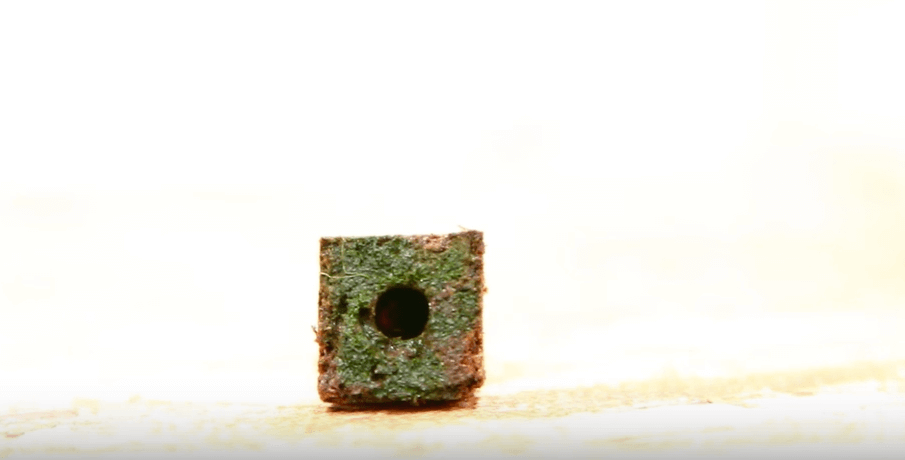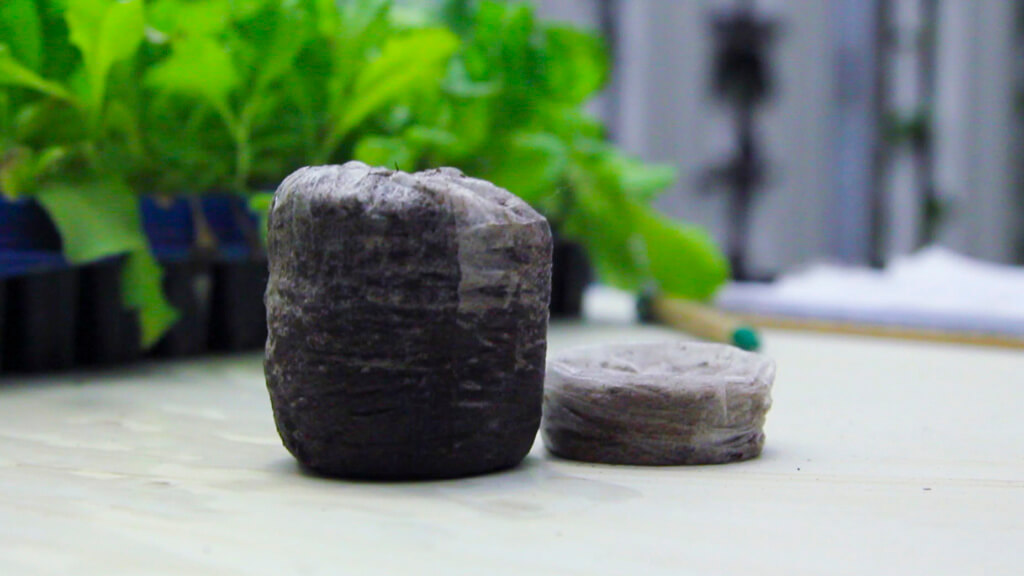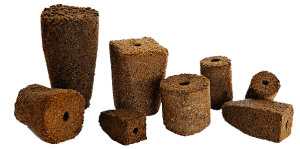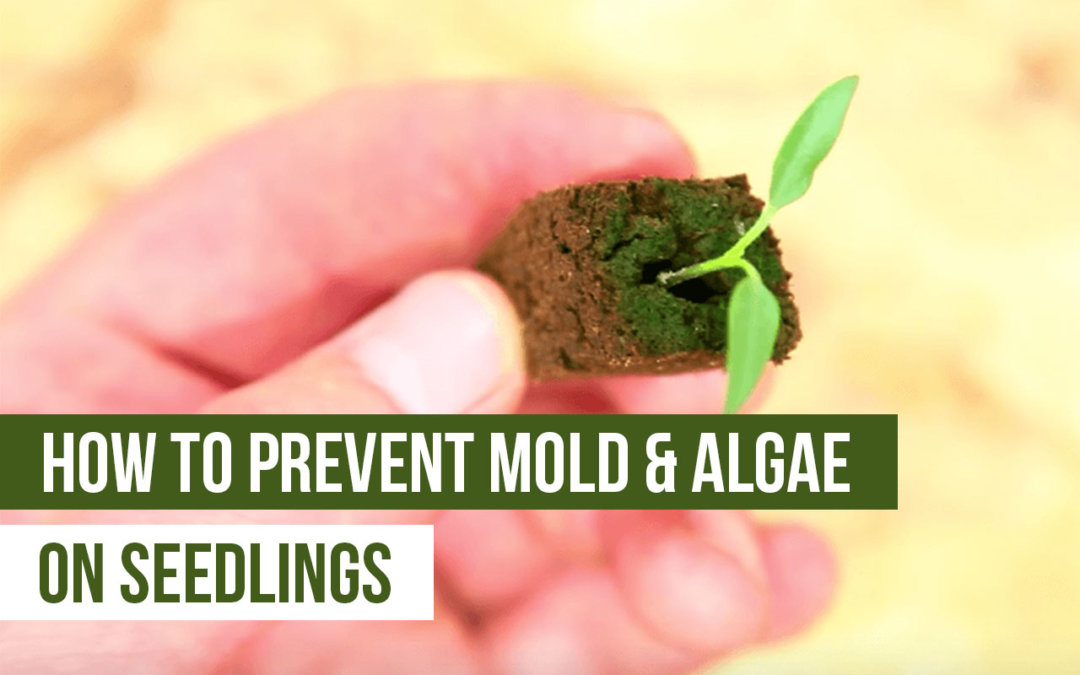Troubleshooting your mold and algae problems
So you’ve germinated your seeds in a propagation chamber and moved them to your seedling rack. You’ve got another two weeks until they’re ready to transplant, but when you check on them, you notice that the tops of the plugs are covered in algae and mold.
What should you do now? Find out in this video post!
So, what’s the problem?
If you’ve got a green film or fruiting bodies on top of your seedlings, you’ve most likely got a mold and/or algae problem.
Either of these can become an issue if they get bad enough to smother the seedling or keep the crown of the seedling (where the stem meets the media) moist, encouraging plant disease.
So how do you identify the issue?
- Algae show up as a green slime on top of seedlings
- Mold will be evident from the fruiting bodies, which typically form a fuzzy-looking mass on the top of plugs.
Here are a few tips on how to control either (or both) of these issues.
If you have algae, shade it out
Algae can be a problem in large and small hydroponic systems alike and are easily controlled by limiting the light that shines on your growing substrate.
Unfortunately, light is also necessary for seedling growth. You want to decrease the light to the algae but keep light levels high enough for seedlings to grow. The answer is to use the seedlings to shade out algae. If growing conditions are right, then the seedlings will grow tall fast enough to shade out the top of the plugs, and algae won’t have a chance to grow there.
If you give your seedlings adequate light, nutrients, and air movement, then algae shouldn’t be a problem.
Read more about how to avoid leggy seedlings here >>
Another cause of algal growth is high moisture from over-watering. To ensure that your seedlings aren’t too moist, reduce watering (increase time between waterings on your timer) and make sure that you have a media that drains easily. The FlexiPlug is one of our personal favorite media for this.
If you have mold, use sterilized media
Mold spreads in contaminated media, so the first step to reducing mold and reducing the chance of mold is to get a high-quality (brand-name) media that has been sterilized.
The folks over at HortAmericas can consult on media type and get you set up with a media that is ideal for your situation.
Learn more in the Choosing a Hydroponic Substrate Course

Mold can also be caused by overwatering.
If you have either, reduce excess moisture and push aggressive growth
For either mold or algae, as well as other disease and pest problems, excess moisture is a big no-no. Although some people might think of the ideal farm environment as humid, indoor farms should actually be very dry. For seedling systems, this means letting the top of the plugs dry out between watering. (The plug should not always be wet.)
A second good practice for any seedling rack or seedling bench is to push seedling growth as much as possible. Mature seedlings not only shade out algae but reduce the susceptibility to algae and mold in general. If seedlings are transplanted a week or two earlier, algae and mold have less opportunity to infect.
Starting seedlings?
 The FlexiPlug is the type of media shown in the video above, and a favorite in our farm and Upstart Farms around the world. The plugs consist of bound organic matter and offer great moisture control to prevent mold and algae and speed up the time to transplant.
The FlexiPlug is the type of media shown in the video above, and a favorite in our farm and Upstart Farms around the world. The plugs consist of bound organic matter and offer great moisture control to prevent mold and algae and speed up the time to transplant.
You can get a 200-cell Plug Tray for $2.99 here.



Great topic. I would say that while in an ideal situation having the crop outgrow the algae is great, that is not always something that can be controlled by a grower. There are several herbs, greens, and vegetables that simply won’t germ and grow fast enough to outpace the algae growth. I have found the best strategy is to have an efficient and succinct watering plan and follow it perfectly while adjusting for light and the environment. Also, there are several additives (OMRI and conventional) that will stall or prevent the algae while not affecting the seedlings. Just some thoughts based on my experience.
Aaron, thanks for the addition! You’re right, following a plan to prevent it in the first place is best!
Arron orAmy, could you please be more specific about effective additives to help avoid algae and/or mold? Thank you!
Joanne, you can use humic or fulvic acid and oxidizers in very small amounts (only if labeled for that use). Otherwise, fertilize the seedlings well, and grow them out to the size that they shade out the algae- that’s the best solution.
Amy thank you for that tip.
Do you know any commercial product for that?? I live and work in Colombia, I am having that problem with some of my trays.
I am concerned also about the water, It might be transporting those spores to my plugs.
The fulvic or humic acid… how must they be applied?
Thank you in advance!!
Hey Carlos – We’ve always sourced our fulvic and humic acids from Kelp4less.com. Add a very small amount to the system and see how it reacts. Some products will have instructions but we’ve never seen any set rates for adding those.
Additionally I would suggest to use microorganisms like beneficial fungi and soil bacteria. Algae is feeding by Nitrogen therefore the convertion of N to NH-4 and NO-3 is forwarded by microorganisms in order to avoid Nitrogen in the atmosphere -the cyrcle of Nitrogen-.